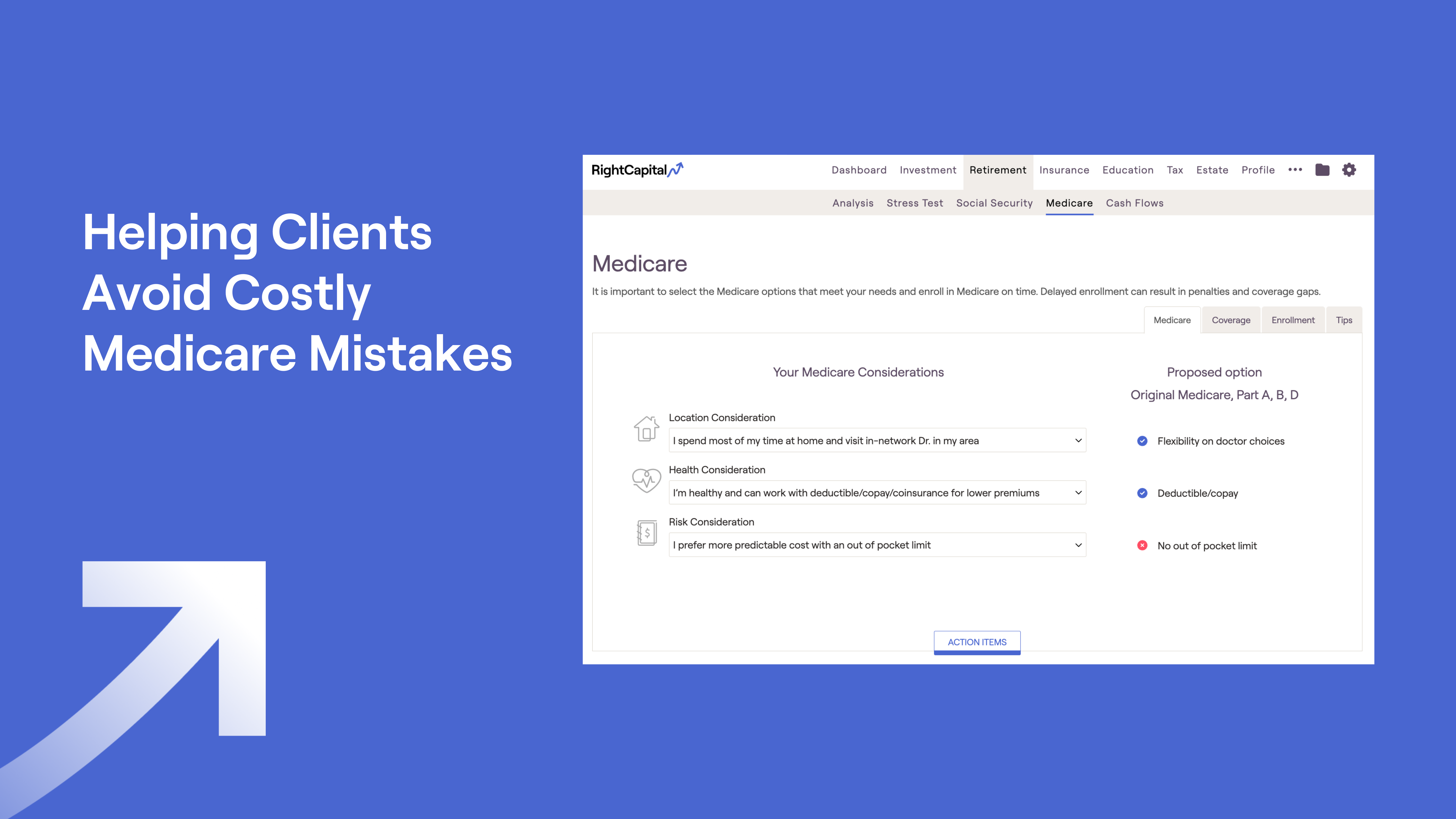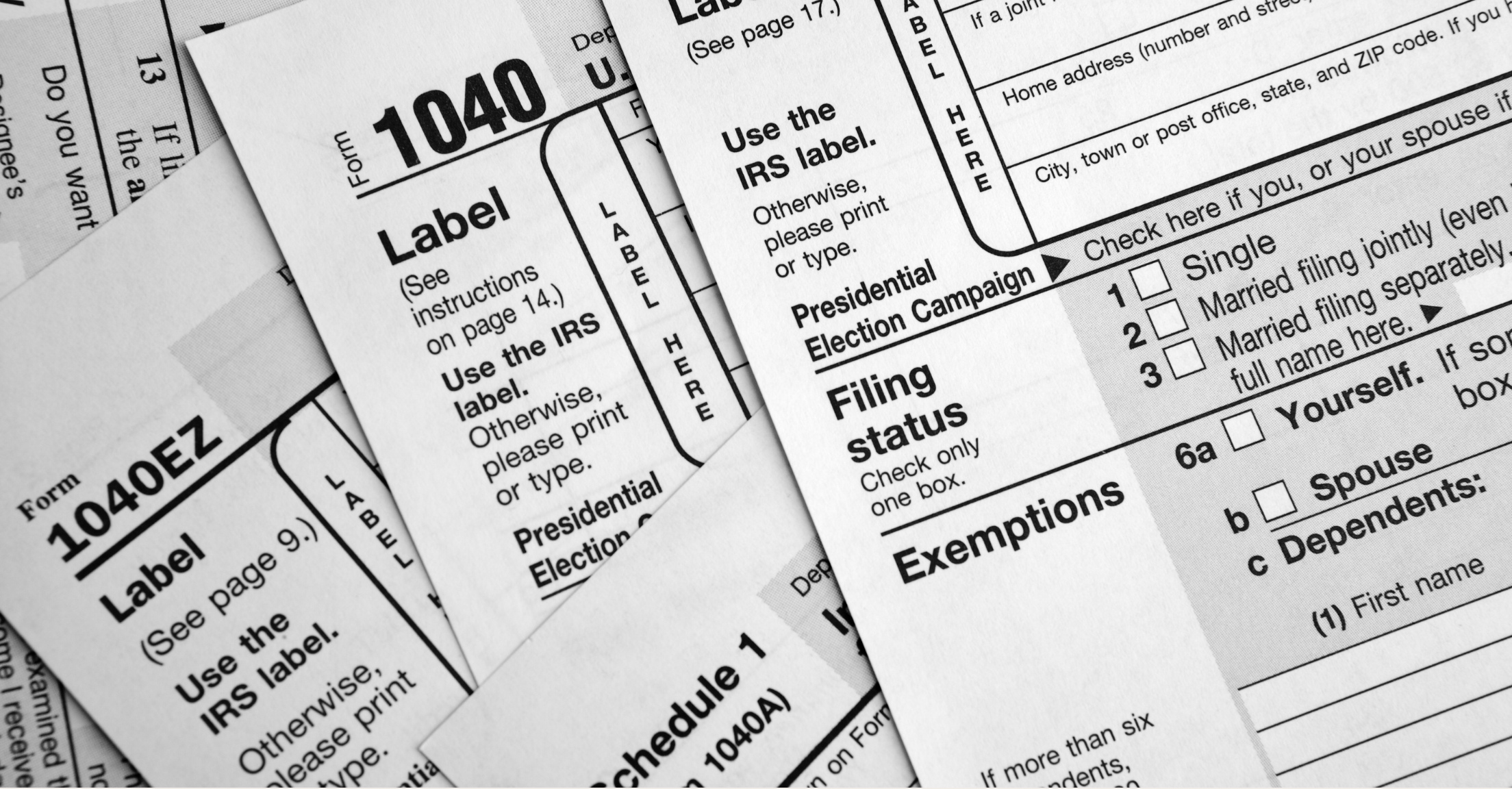Retirement vs. Disability Benefits: Which For Your Client?
September 27, 2019

Guest written by Deanna Power from Disability Benefits Help
There are many factors that come into consideration when you’re planning a client’s retirement. This is especially true if your client has a disability and you’re not sure if you should recommend they start receiving Social Security disability benefits or simply apply for retirement. The Social Security Administration (SSA) offers both benefits, but the two programs are completely different. While there is no right or wrong answer when it comes to what your client should apply for first, here are some pros and cons of either decision you can recommend.
If Your Client Is Under Age 62
If your client is between the ages of 62-67 (depending on their full retirement age), your client may be eligible for both Social Security disability and Social Security retirement at a reduced rate. Which program you recommend will depend on the severity of your client’s disability and how much it limits your client from working. While on disability your client has the benefit of the aforementioned “disability freeze” so they will not lose any retirement benefits at full retirement age. Once at full retirement, disability benefits convert to retirement benefits. The only difference here will be that your client will be able to work and have no monthly income earning limits once on Social Security retirement.
Issues With Applying For Social Security Disability
So what potential pitfalls come with recommending your client apply for Social Security disability? Your client may not qualify unless they meet a listing in the SSA’s manual of disabling conditions. Your client should review the entire manual, known colloquially as the “Blue Book,” online with their doctor. It’s important to keep in mind that the majority of claims are denied, so unless your client is completely unable to work, it’s unlikely their claim will be approved.
Another concern with receiving disability benefits is that your client will not receive payments for a full six months, regardless of the severity of their disability. This means that they’ll need to stop working and go without income while the claim is processed. Receiving benefits in six months is optimistic—if your client’s claim is denied, they may be without income for two years or more.
Why Take Retirement Instead?
When your client applies for retirement benefits, you know you’ll receive something at age 62+. The concern here of course is your client will receive retirement at a reduced rate for the rest of their life, which is not the case if your client files for disability. This may not be a problem for your client if their family doesn’t need income immediately, but if your client cannot go without a steady paycheck you should consider recommending filing for early retirement. This is especially true if your client is still able to work even part time, as it’ll make their disability claim less likely to be approved due to medical reasons.
You can also recommend that your client file for both early retirement and disability at the same time. If the disability claim is approved, your client will receive supplemental income to compensate for reduced retirement benefits. If the disability claim is denied however, your client will remain locked into partial retirement for the rest of their life.
If They’ve Already Filed For Early Retirement…
In most circumstances if your client has already filed for early retirement, they cannot supplement early retirement benefits with Social Security disability, regardless of the severity of a new disability. There is one exception to this rule. If your client’s disability prevented them from working before they applied for early retirement, and they were simply unaware they qualified for Social Security, they may be eligible for additional income. In this instance they can apply for Social Security disability and cite the date in which they became disabled. If their claim is approved, their retirement benefits will increase and they could be eligible for a lump sum to cover benefits they missed out on.
On the whole, applying for disability before retirement is always advisable for your clients because they’ll encounter a disability freeze and receive the equivalent of full retirement benefits. Just keep in mind that they may need to wait a while to hear back from the SSA regarding their claim. If they are denied or you do not believe their disability is severe enough to qualify, early retirement is always a good option for your client.
This article was created by Disability Benefits Help, an independent organization dedicated to assisting people of all ages receive the Social Security disability benefits they need. If you have any questions on qualifying for disability benefits, or the Social Security disability application process in general, feel free to reach out to their team at help@ssd-help.org
Helpful Links
SSA: https://www.ssa.gov/
Disability Freeze: https://www.disabilitybenefitscenter.org/glossary/freeze-title-II-FZ
Blue Book: https://www.ssa.gov/disability/professionals/bluebook/AdultListings.htm
Qualifying for SSD: https://www.disabilitybenefitscenter.org/social-security-disability-insurance
Interested in learning more about how RightCapital can help your clients with Social Security Optimization? Schedule a demo today to get your 14 day free trial!





